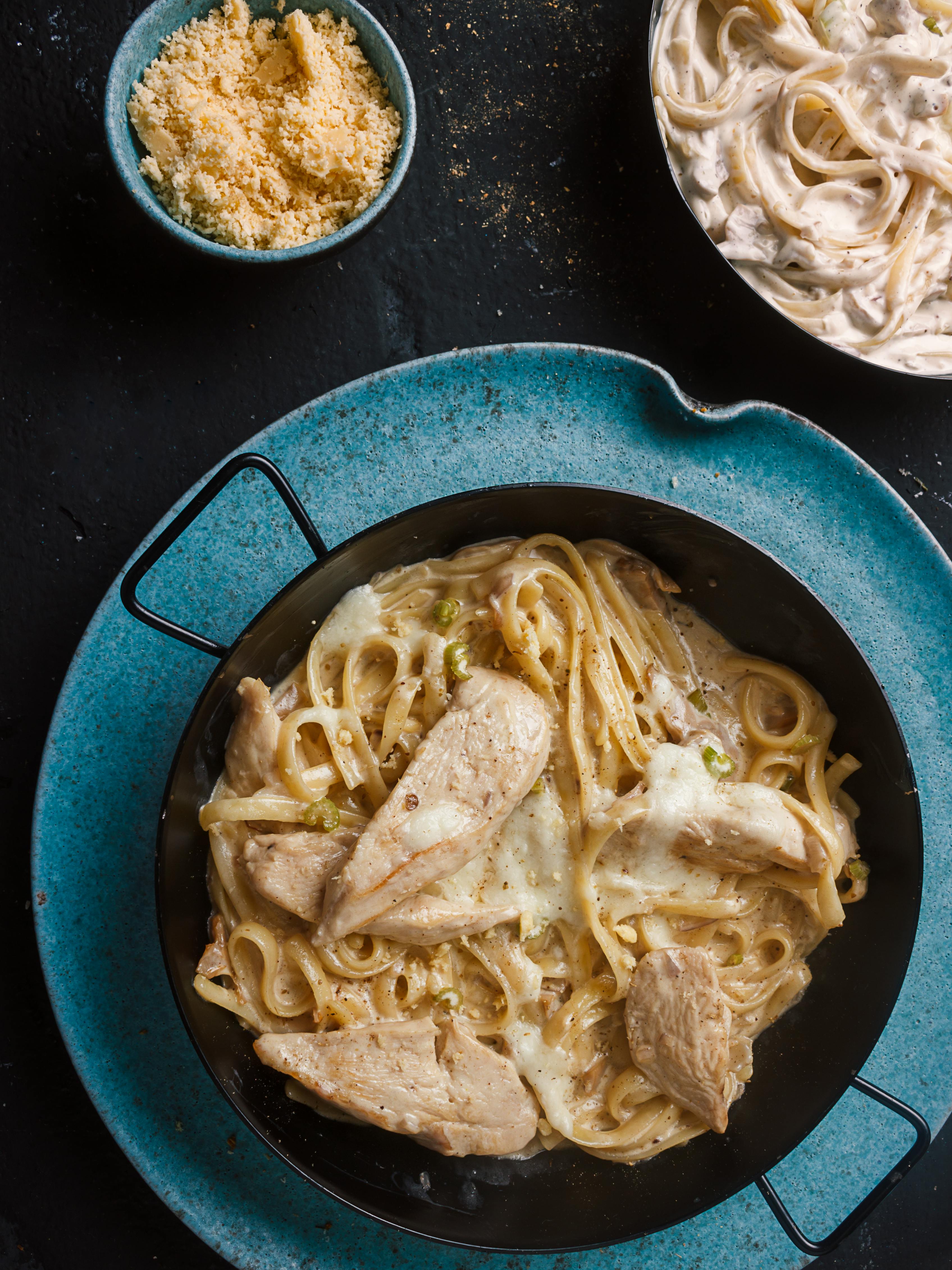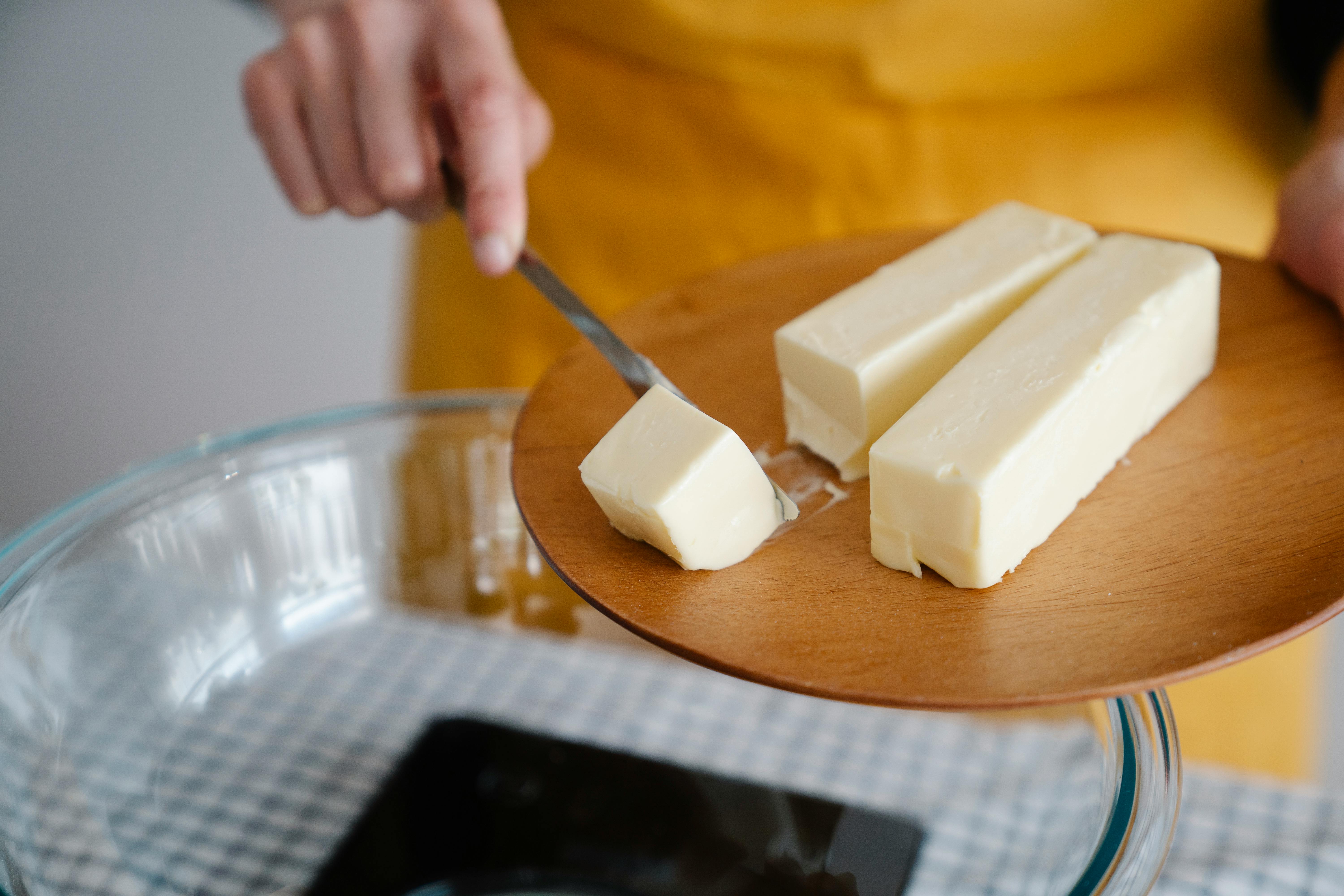
Apply Now


Expert Guide to Lard Storage: Discover How to Keep It Fresh in 2025
In today's kitchen, understanding how to effectively store cooking fats is essential for maintaining food quality and ensuring safety. Lard, a traditional cooking fat known for its versatility and unique flavor, requires specific storage techniques to keep it fresh and usable. With the rising interest in cooking with lard and its historical significance in many regional cuisines, ensuring you know how to handle and store lard properly can enhance your cooking experience. One of the most common questions is, "Does lard go bad?" Indeed, like many fats, lard has a shelf life, and knowing how to extend its freshness is vital for any home cook. In this guide, we will explore the duration lard can be stored, signs of bad lard, refrigeration tips, and ways to preserve lard's quality. This comprehensive overview will also touch on the health benefits associated with lard, its culinary applications, and comparisons with other cooking fats like butter or vegetable oil. By the end of this article, you will be equipped with valuable knowledge to make the most of lard in your cooking, alongside tips to optimize its storage. Let's dive into the essential aspects of lard storage to ensure that you can enjoy this incredible ingredient in your culinary adventures.Understanding Lard Shelf Life and Storage
Building on our introduction, a crucial aspect of using lard is understanding its shelf life. Properly stored, lard can maintain its quality for a considerable time, but it isn’t immune to spoilage. Generally, the shelf life of lard can range from several months to a year, depending on its storage conditions.Determining Shelf Life
Lard typically has a long shelf life when compared to other cooking fats. Unopened, rendered lard can last for up to a year if stored in a cool, dark place. Once opened, it is advised that lard should be used within six months to ensure its freshness. In case of homemade lard, its longevity may vary based on the rendering process and any contaminants introduced during preparation.Signs of Bad Lard
Recognizing rancid lard is vital for maintaining health and cuisine quality. Key signs of bad lard include a sour or off smell, an unusual color change (such as a yellowish hue), and a slightly oily texture. If you notice any of these signs, it’s best to discard the lard to avoid adversely affecting your dishes.Lard Refrigeration Techniques
While lard can be stored at room temperature, refrigerating it can significantly extend its freshness. Storing lard in the fridge is a good idea if you plan to keep it for an extended period, as the cool temperature slows down the rancidity process. Make sure to transfer opened lard into a tightly sealed container before refrigeration to prevent odor absorption and moisture contamination.Lard Storage Tips
Some best practices for storing lard include using glass airtight containers or vacuum-sealed bags to keep the lard from exposure to light and air. Keep the container in the back of your refrigerator or the coldest part of your pantry. For extended storage, consider freezing portions of lard, which can be done safely in freezer-ready containers.Cooking with Lard: A Culinary Delight
With these foundational storage tips established, we can now explore the culinary benefits of using lard in your kitchen. For many traditional recipes, lard is not only a cooking fat but also an ingredient that enhances flavors and textures in food.Health Benefits of Lard
Contrary to popular belief, lard can be a healthy addition to your diet when used appropriately. It is comprised mainly of monounsaturated fats, which are beneficial for heart health when consumed in moderation. Furthermore, lard contains essential nutrients, including vitamins D, E, and A, which contribute positively to your overall health.Cooking Methods with Lard
Lard's high smoke point makes it ideal for frying and sautéing. Whether you’re frying potatoes, roasting vegetables, or baking pastries, lard offers a rich flavor that enhances the overall taste of your food. It can also be used in pie crusts and puff pastries, giving them a delightful tenderness and flakiness that other fats might not provide.Lard vs Other Fats
When weighing the options between lard, butter, and vegetable oils, lard stands out for its unique flavor profile and high cooking temperature tolerance. Each fat has its characteristics; lard tends to deliver a savory, rich taste that is especially suitable for certain ethnic dishes and traditional recipes.Utilizing Lard in Baking
Using lard in baking provides certain advantages, particularly in producing flaky pastries and crusts. The consistent fat texture helps create layers in dough, resulting in a desirable bite. For those interested in traditional baking techniques, lard's role cannot be understated, making it a coveted ingredient in many classic recipes.Preserving Lard Quality: Techniques and Considerations
Taking this concept further, let’s delve into effective ways to preserve lard's quality over time. Having an understanding of lard preservation can smoothly transition your culinary practices and extend the lifespan of this versatile cooking fat.Homemade Lard and Its Preservation
Making your lard at home allows for greater control over its quality and freshness. The key to successful homemade lard lies in proper rendering techniques and immediate storage post-fabrication. Once rendered, ensure that the lard is cooled and packaged efficiently in airtight containers.Common Mistakes to Avoid in Lard Storage
When it comes to storing lard, some pitfalls to avoid include exposing it to light, not sealing containers tightly, and failing to check for signs of rancidity before use. Keeping lard in its original packaging is often not adequate; transfer to a more suitable container for longer preservation.Lard Recycling and Usage
Lard can be recycled to create other culinary delights. If you have leftover lard from cooking, consider using it to enhance other dishes, or even for greasing pans and surfaces. Incorporating lard into various recipes can maximize its utility while keeping waste to a minimum.Conclusion: Mastering the Art of Lard Storage
To sum up, knowing how to store lard effectively plays a pivotal role in ensuring its freshness and usability. With the right storage techniques, you can enjoy the rich flavors and many health benefits that lard brings to your cooking. Remember to check for signs of rancidity regularly, and don’t hesitate to refrigerate or freeze lard for extended freshness.Frequently Asked Questions About Lard
1. How can I tell if lard is bad?
Identifying rancid lard can be quick if you watch for a sour smell, discoloration, or an off texture. If any of these indicators are present, it's best to discard the lard.2. Can lard spoil if left out at room temperature?
Yes, lard can spoil if left out for extended periods, especially in warm environments. It's advisable to store it in a cool, dry place or refrigerate to maintain freshness.3. What are the health benefits of lard compared to other fats?
Lard is rich in vitamins and has a high content of monounsaturated fats, which are beneficial for heart health. This makes it a favorable option among cooking fats when consumed mindfully.4. Can I freeze lard, and will it affect its quality?
Yes, lard can be frozen without significantly affecting its quality. Just ensure it is stored in airtight containers to prevent freezer burn and exposure to odors.5. Where can I buy quality lard?
Quality lard can be found in specialty grocery stores, local butcher shops, or online. Always look for reputable brands or consider making it at home for the freshest quality.
